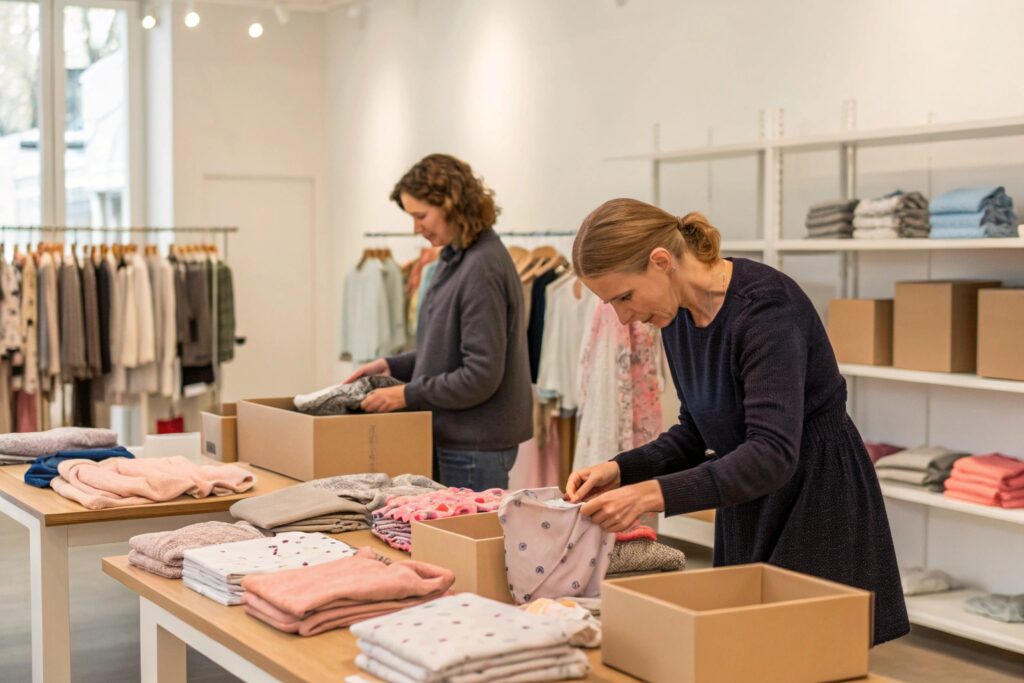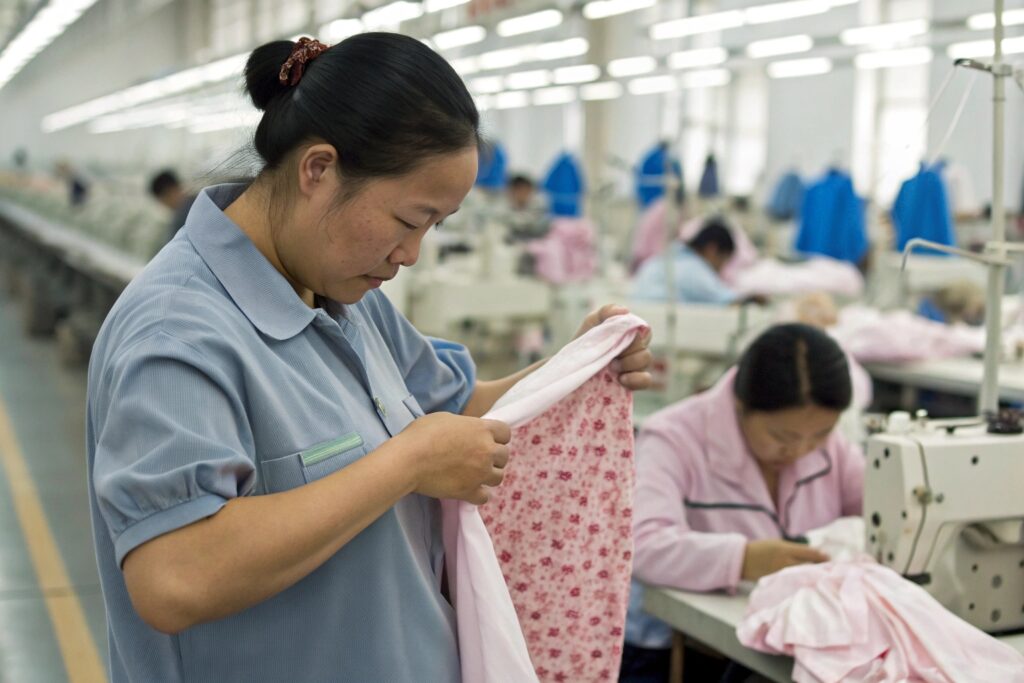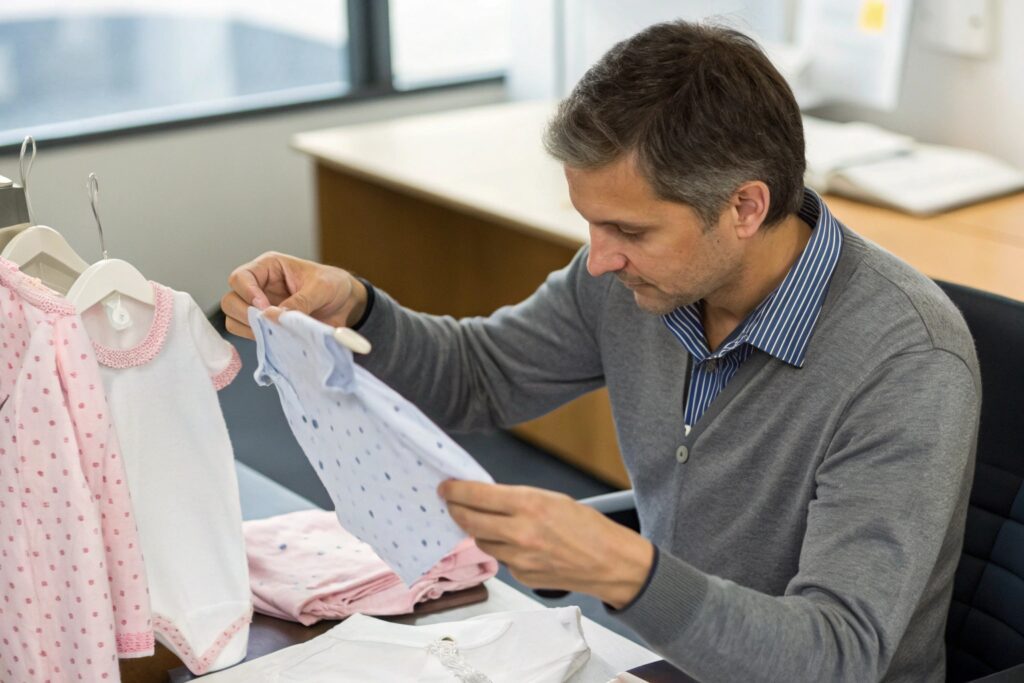You might wonder where those adorable outfits in big-box stores or fashion chains come from. The tags often say “Made in China” or “Made in Bangladesh”—but what’s behind those labels?
Most kids' clothes from major brands are made in Asia, especially in countries like China, Bangladesh, Vietnam, and India. These regions offer skilled labor, lower costs, and strong production infrastructure.
Let’s dive into which countries lead in production, why brands prefer Asian factories, and what ethical questions arise from global sourcing.
Top Countries Making Kids' Clothes for Big Brands?
Ever checked a label on children’s clothing? It probably says it was made far from where it’s sold.
The top countries making kids' clothes for big brands include China, Bangladesh, India, Vietnam, and Turkey. These regions dominate the global kidswear supply chain due to their production scale and experience.

Top kidswear-producing countries:
| Country | Strengths | Popular For |
|---|---|---|
| China | Mature supply chain, high quality | Full-package service, DDP |
| Bangladesh | Low labor costs, large-scale factories | Basic babywear, uniforms |
| India | Organic cotton, embroidery | Eco-friendly kidswear |
| Vietnam | Strong compliance, skilled sewing | Mid-tier kids fashion |
| Turkey | Close to Europe, fast shipping | Premium kids brands |
Why these countries lead:
- Established factories with trained workers
- Access to materials and trims locally
- Experience with global compliance and certifications
- Flexible MOQ options for small and large brands
At Fumao, we’ve worked with clients sourcing from various regions—but many come back to China for the balance of quality, speed, and customization.
Why Major Brands Choose Asian Kidswear Factories?
Why do big brands—like Zara Kids, Carter’s, or H&M—rely so much on Asian factories?
Major brands choose Asian kidswear factories because they offer competitive pricing, scalable production, and speed. These manufacturers also meet global compliance standards for child safety and product testing.

Key reasons for choosing Asia:
| Benefit | Why It Matters |
|---|---|
| Cost-efficiency | Lower labor and operations costs |
| Mass production | Capable of handling 10,000+ pcs per day |
| Customization | Supports private label and design input |
| Certifications | OEKO-TEX, BSCI, GOTS available |
| Shipping options | FOB, CIF, and even DDP |
Common services offered by Asian factories:
- Sampling & tech pack support
- Custom printing and labeling
- Fabric sourcing (organic or standard cotton)
- Bulk production and global logistics
Why brands like working with us at Fumao:
- 5+ production lines = fast turnaround
- Custom styles for baby, toddler, and kidswear
- Low MOQ support for startups
- DDP shipping to simplify import headaches
How to Find Reliable Kidswear Manufacturers Abroad?
Finding a supplier isn’t hard—finding the right one is. So how do you connect with a trustworthy manufacturer?
To find reliable kidswear manufacturers abroad, use verified platforms, attend trade fairs, or work with sourcing agents. Look for factories with certifications, clear communication, and product samples.

Where to start your search:
| Channel | Benefit |
|---|---|
| B2B websites (e.g., Alibaba, Made-in-China) | Easy access to multiple suppliers |
| Trade fairs (e.g., CBME China, MAGIC) | Meet verified manufacturers |
| Google search + outreach | Direct factory connections |
| Sourcing agents | Handle inspection and negotiation |
What to check before committing:
- Business license and certifications
- Product testing reports (CPSIA, OEKO-TEX)
- Sample quality and lead times
- Responsiveness and clarity of communication
- Client references or case studies
At Fumao, we welcome virtual video tours, detailed sample processes, and even DDP shipment to build buyer trust from the first order.
Ethical Concerns in Global Kids’ Clothing Production?
Sourcing globally comes with lower prices—but what about labor practices?
Yes, ethical concerns exist in global kids’ clothing production. These include underpaid labor, unsafe factory conditions, child labor, and environmental damage from untreated textile waste.

Common ethical issues:
| Issue | Description |
|---|---|
| Labor violations | Low wages, long hours, unsafe conditions |
| Environmental harm | Chemical runoff, waste fabric pollution |
| Greenwashing | False claims of sustainability |
| Child labor | Illegal use of minors in subcontracting |
What to look for in ethical suppliers:
- Certifications like BSCI, WRAP, SA8000
- Transparent supply chains
- Fair wages and clean factories
- Eco-friendly fabrics and dye processes
| Certification | Focus Area |
|---|---|
| OEKO-TEX® | Fabric safety |
| GOTS | Organic production standards |
| BSCI | Social compliance |
| Sedex | Ethical audit transparency |
At Fumao, we manufacture in-house to control working conditions, and we offer OEKO-TEX and GOTS certified fabrics for eco-conscious clients.
Conclusion
Most kidswear from major brands is made in Asia, where factories offer scalability, cost efficiency, and customization. While quality is high, it’s also important to source ethically. Brands working with certified, transparent manufacturers like Fumao can deliver safe, stylish children’s clothing—without compromising on responsibility.










